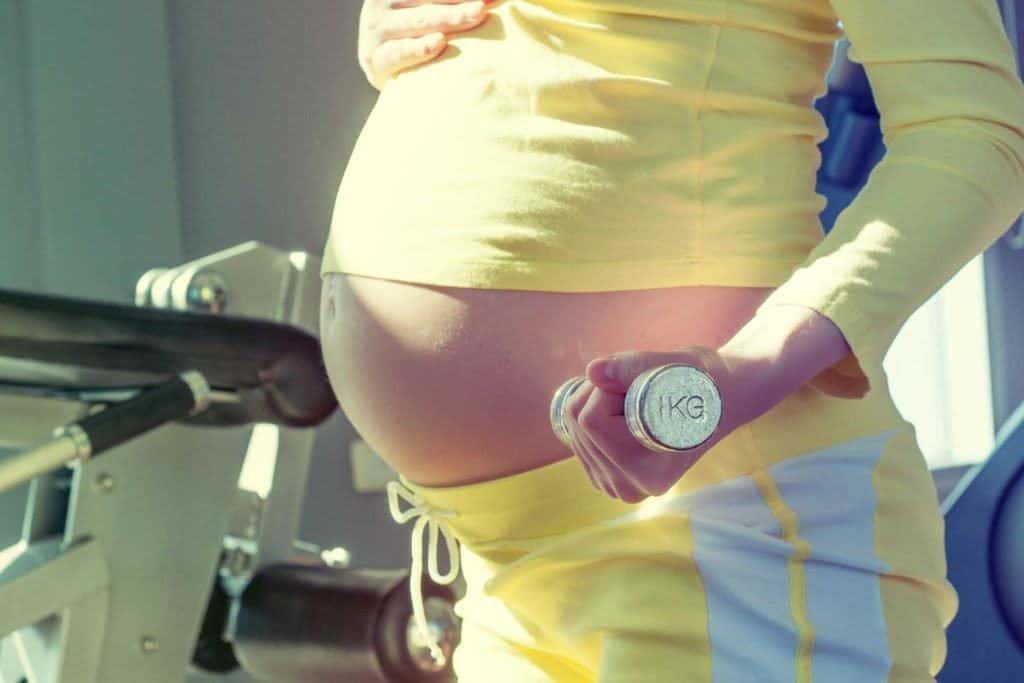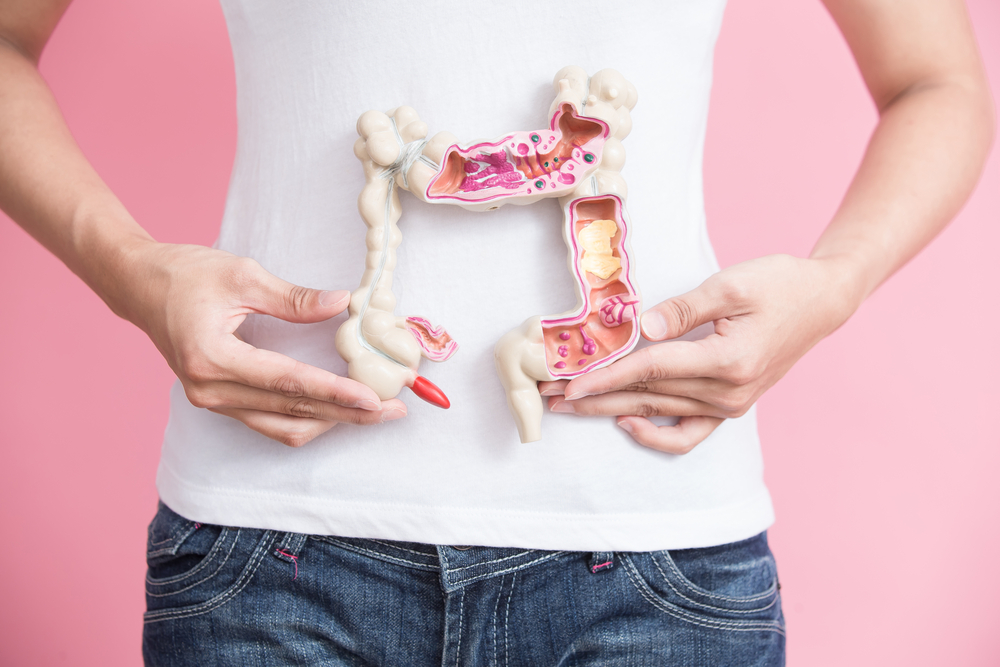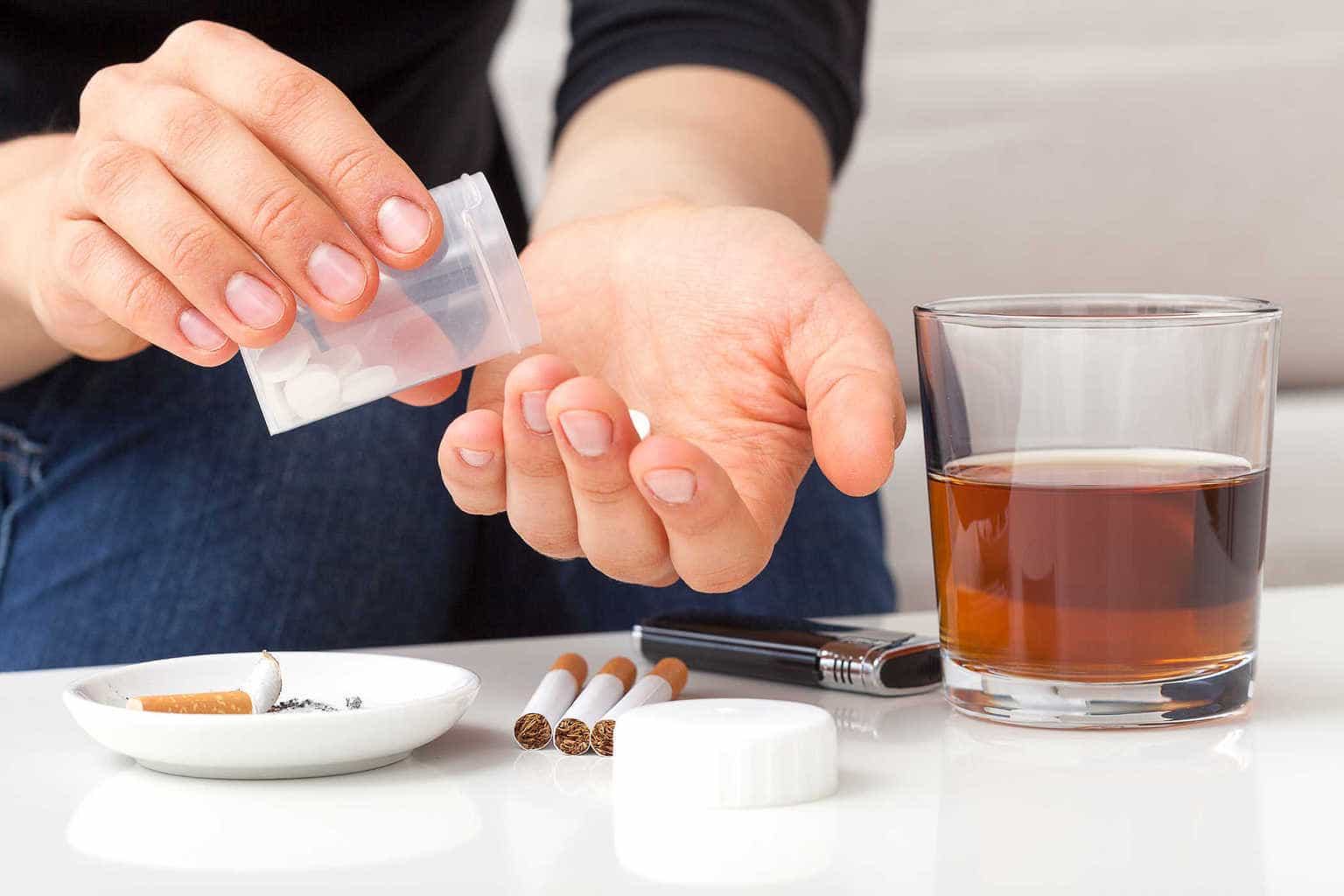Contents:
- Medical Video: Mayo Clinic Minute: Long-term health risks of gestational diabetes
- How to deal with gestational diabetes?
- Check your blood sugar
- Visits and tests for you and your baby
- What to do after giving birth
- When to contact a doctor
Medical Video: Mayo Clinic Minute: Long-term health risks of gestational diabetes
Gestational diabetes is the level of high blood sugar that occurs during pregnancy. Usually it does not show clear and non-life-threatening symptoms in pregnant women, but gestational diabetes causes mothers to give birth to larger babies. This can increase the likelihood of problems in labor. This disease also causes an increased risk of high blood pressure in pregnancy.
How to deal with gestational diabetes?
A healthy diet can control blood sugar so you don't need to use drugs. Doctors, nurses, and nutritionists will make a diet for you. Your health care provider may advise you to record whatever you eat. Do not drink alcohol while pregnant.
Exercising can keep blood sugar under control. Walking is the easiest exercise to do. Try to walk as far as 1-2.5 km, three times or more per week. Swimming or sports low impact others are also good to do. Ask your doctor what exercise and how often the best is done for you.
Medications can control gestational diabetes. However, most women with gestational diabetes do not need medication. If you change your diet does not control blood sugar levels, you may need to take medication or insulin therapy (injection)
Check your blood sugar
You can see how you are doing by checking your blood sugar level at home. Your doctor may ask you to check your blood sugar once or more a day.
The most common way to check blood sugar is to prick your finger to take a drop of blood. Then the blood drops will be placed on a monitor (test machine). If the monitor gives you a number that is too high or too low, you should stabilize your blood sugar.
Your doctor will monitor your blood sugar level with you. Make sure you know what your blood sugar level should be.
Visits and tests for you and your baby
Your health care provider will monitor you and your baby during pregnancy. This includes:
- A visit to the doctor every week
- Ultrasound that shows the size of your baby
- A non-invasive test that shows whether your baby is healthy or not
What to do after giving birth
- Women with gestational diabetes must be watched closely after giving birth. They should also continue the examination at the next doctor's visit for signs of diabetes.
- High blood sugar levels often return to normal after labor. However, many women with gestational diabetes will eventually develop diabetes within 5 to 10 years after giving birth. The risk is greater in obese women.
When to contact a doctor
Contact your health care provider for the following diabetes related problems:
- Your baby looks less mobile in the stomach
- Blurred vision
- More thirsty than usual
- Nausea and vomiting












